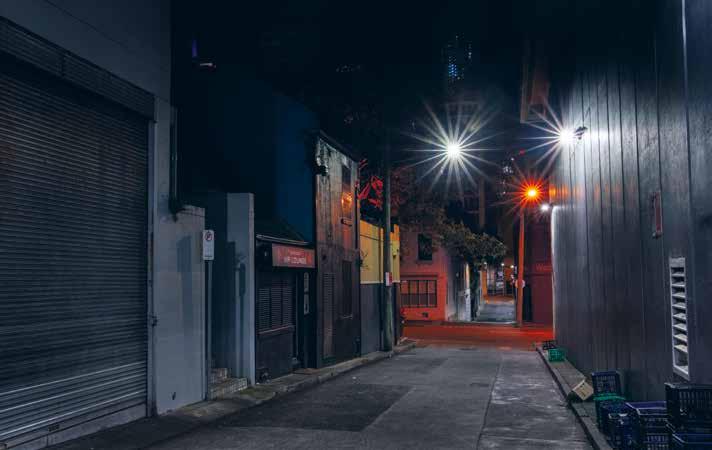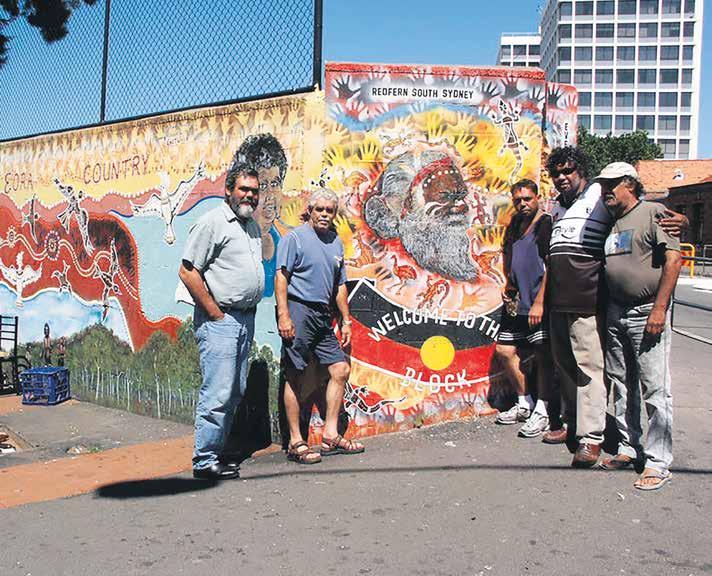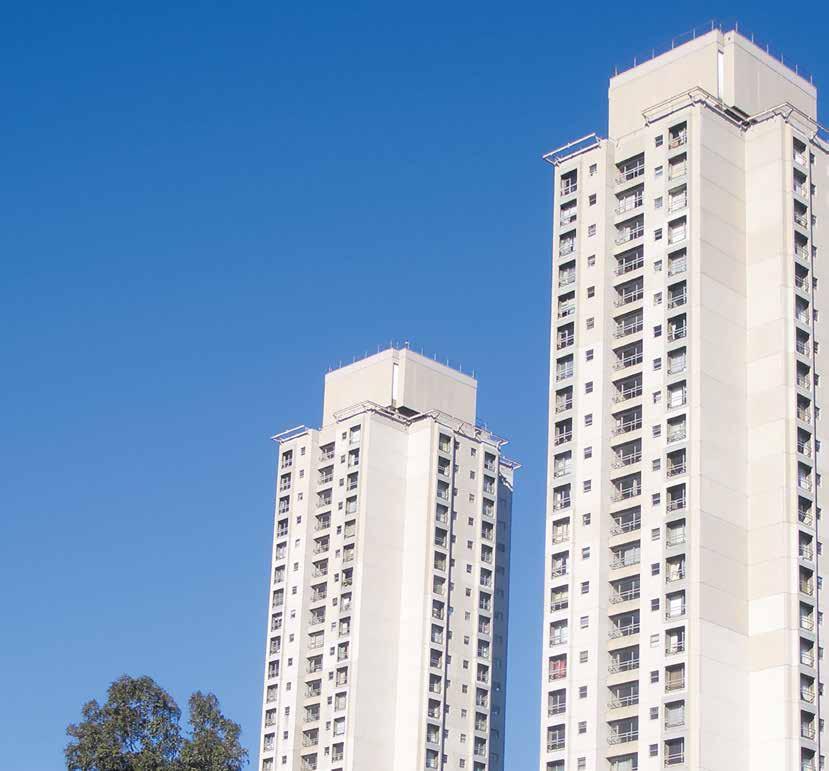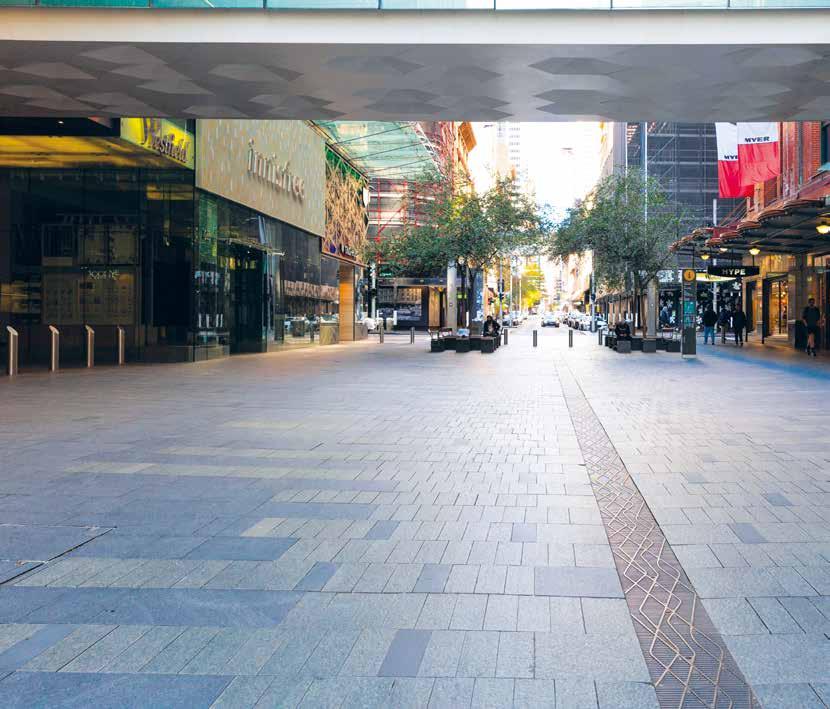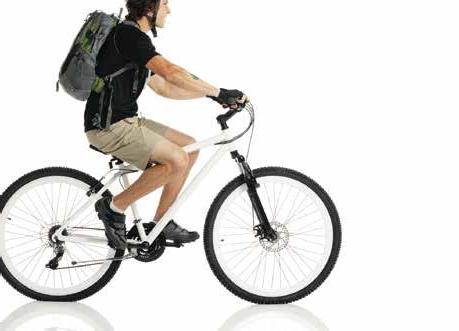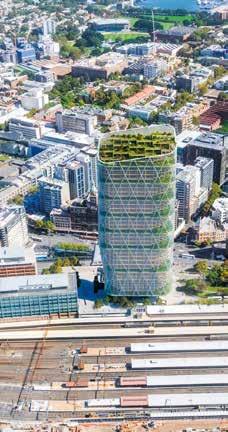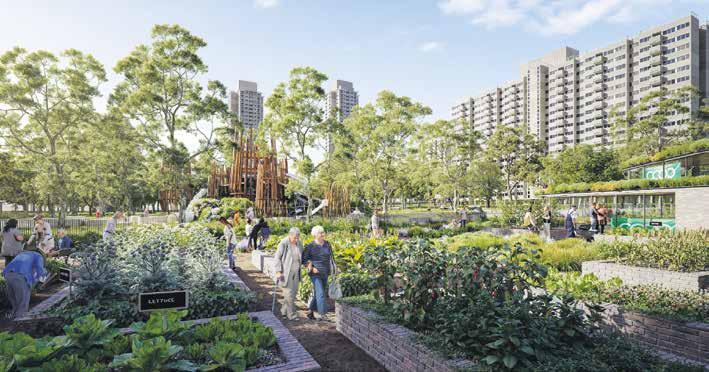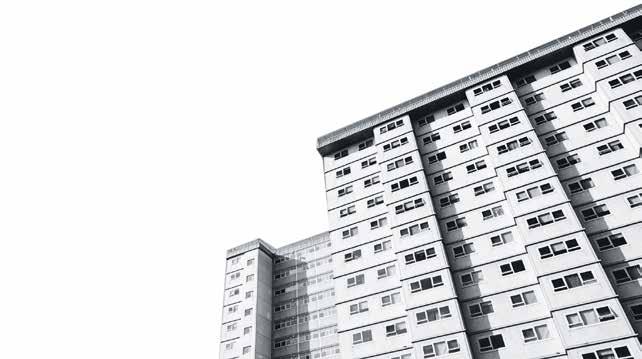NEWS l CLEAN ENERGY
Running on renewables From the 1 July, the City of Sydney officially became powered by 100 percent renewable energy. The council — which covers the CBD and more than 30 surrounding inner-city suburbs — is now sourcing the equivalent of all its electricity consumption from renewable supplies obtained from two solar farms and one wind farm. Based near Inverell, the wind farm is the largest in NSW. It features 75 turbines up to 200 metres high and carries a capacity of 270MW. par Almost three-quarters of the City’s electricity is wind-generated and clean energy now powers
all City-owned properties, including 115 buildings, 75 parks, 23,000 streetlights, depots, pools, and sporting facilities. In making the move to renewable electricity, the council is projected to reduce C02 emissions by 20,000 tonnes per year and save halfa-million dollars on energy costs over the next decade. “Cities are responsible for 70 percent of greenhouse gas emissions worldwide, so it is critical that we take effective and evidencebased climate actions,” said Sydney lord mayor, Clover Moore. Valued at $60 million, the City’s green energy
deal is the biggest of its kind in Australia. Certified carbon neutral in 2011, the City is on target to reduce C02 emissions by 70 percent by 2024. “We are in the middle of a climate emergency,” said Moore. “If we are to reduce emissions and grow the green power sector, all levels of government must urgently transition to renewable energy.” The City of Sydney joins other Australian jurisdictions that have transitioned to renewable energy supplies including the City of Adelaide, City of Newcastle, and Canberra.
l SUSTAINABLE CONSTRUCTION
Sydney’s plyscraper plans The design looks impressive: an 180-metre timber high-rise fronting a glass and steel facade, solar panels scaling its sides, with a staggered rooftop garden crowning the structure up above. When completed in 2025, the new headquarters for Australian software firm Atlassian will be the tallest hybrid timber tower in the world. While designing the building, the New York-based architects’ watchword was sustainability. To that end, the building will operate on 100 percent renewable energy (netting zero emissions by 2050) and use cross-laminated timber. Which is, says Atlassian’s Scott Hazard, “an incredibly green material” that avoids “massive amounts of concrete and steel”. The ground-breaking design, adds Hazard, will push the boundaries “beyond anything we know with that material”. Once favoured by conceptual designers, over recent years cross-laminated timber (CLT) has entered the mainstream of construction and has become the go-to product for developers around the world. Not only is the material strong, CLT buildings
6
are quicker to construct which, in turn, saves time and labour. It also carries much less of an environmental burden than concrete. Indeed, rather
Inner Sydney Voice • Spring 2020 • www.innersydneyvoice.org.au
than emitting carbon, CLT has carbon locked in. Sitting next to Sydney’s Central station, the $1-billion building will be the focal point of the city’s new tech precinct — which will sprawl from Haymarket to Redfern. “It’s an amazing design,” says Atlassian co-CEO Scott Farquhar. “This building will breathe new life into this part of Sydney.” Construction starts next year. Meanwhile, plans have been submitted to build 80-storey twin towers in Sydney’s CBD. At a cost of $726 million, the Pitt Street development will house 158 hotel rooms, 600 apartments and five levels of carparks. The two towers are to be linked by a sky-bridge. Whilst the development will require the demolition of existing buildings on Pitt, Castlereagh and Liverpool streets, assurances have been made that no “heritage-listed” buildings will be affected. However, construction will “have the potential to cause disruption to surrounding areas”. A City of Sydney spokesperson said the development application would be considered at a meeting later this year.


